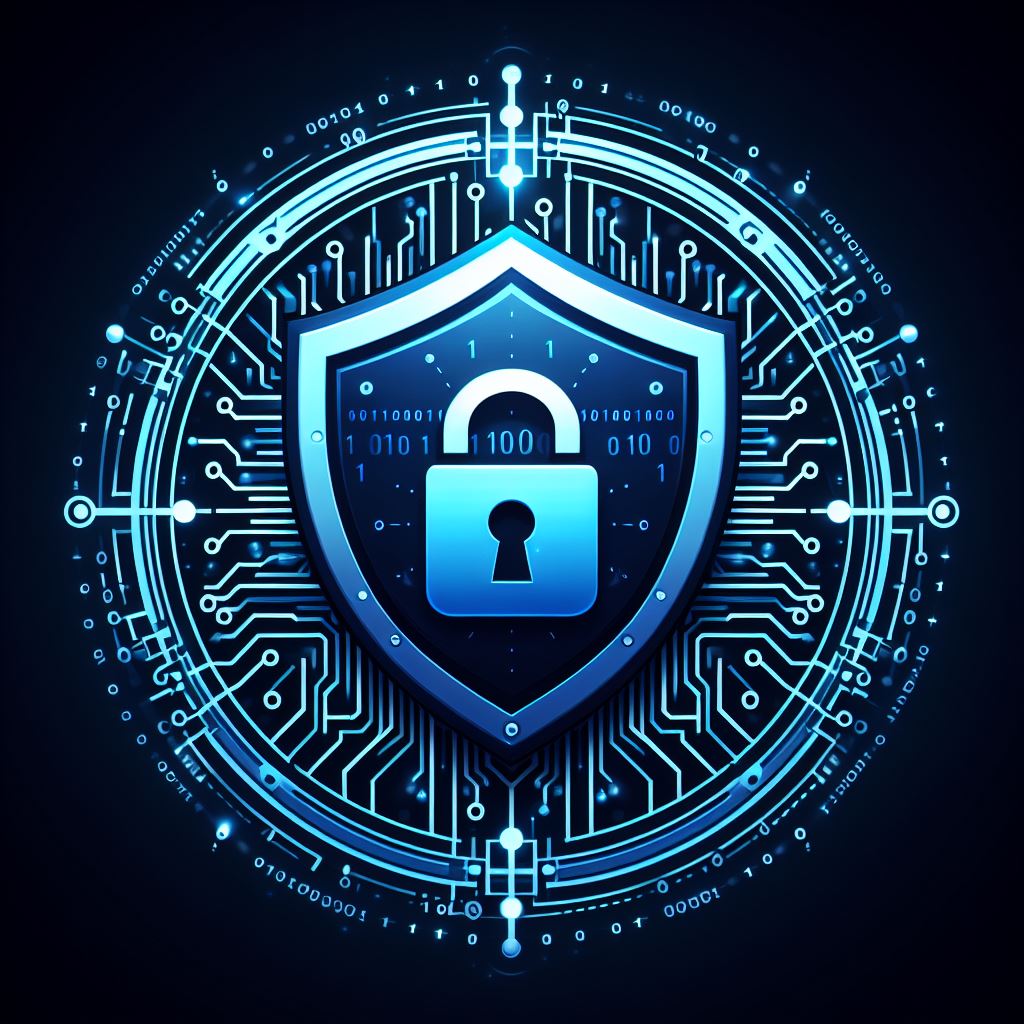Two years ago we moved back to the UK and settled into a very rural village in an old cottage. Sounds quaint but anybody who owns an old house knows that the charm is offset by the potential problems with older buildings.
We were sensible from the outset and had a full survey conducted which identified several things that needed fixing – one of which was identified as damp in the dining room. An expert came and fixed the problem before we moved in, and all was signed off and looked good.
However, after a few months it was obvious that we still had a damp patch on one of the walls and set about fixing the problem by doing lots of research and eventually buying the best thing on the market to resolve it. Layers of protection and finally coats of paint – appeared to have resolved it. It wasn’t cheap but it worked ….. for a while.
Fast forward nearly 2 years and the problem has slowly come back. We tried to fix it but with no success. So we decided to call back the expert that fixed it in the first place to take a look at what he could do.
It didn’t take the expert too long to work out that the problem wasn’t on the outside or the fabric of the wall itself – but the people on the inside.
The advice he had given to the outgoing residents had not been passed on and so we – like many others – only heated the room at certain times of the year and when we knew we would be using it. In our house the dining room is only used for certain occasions as we generally eat in the kitchen unless we need the space.
The advice was to keep the heating on in all rooms at a steady 18 degrees at all times. Obviously in the Summer this was achieved by the Sun and the thermostat would only kick in during the colder months. But by maintaining a constant temperature across all rooms there were no cold spots that leaked warmth, and the risk of condensation was kept to a minimum (as that was the cause of the problem).
Monitoring the inside of the house would keep the walls warm (and the people inside happy) and keep the infrastructure intact. And keeping an eye on areas that were not regularly used but still active parts of the house were important.
But it goes against the grain of trying to save money – to keep your radiators set to ‘on’ all the time and to heat rooms that you don’t often need. And so despite what the expert told us we needed to do – it was with some trepidation that we set our smart heating system to 18 degrees.
It is true that there was a blip on our smart meter for a couple of days that saw us using a couple of pounds more a day than we normally would use – so being careful – we decided to keep an eye on it and see how it would work out.
The great news is that the radiators have rarely turned on since (and probably only do so at night) and even though we are using a little bit more energy – our old house is at a comfortable temperature and the problems are being mitigated by constant monitoring of the environment.
We will have to patch the area in question again and that will cost us. But the expert told us how to do that properly also. It’s all about timing and layers (who knew) – so now that we have a good patch management system in place the problem areas will soon disappear.
Good monitoring systems that are constantly checking your environment and adjusting as and when needed will save you in the long run. Even though their initial installation and setup might cost a little bit to establish – the strategic gain is worth it.
Knowing how to check for vulnerabilities and apply the correct fixes when you find them – is crucial. As doing it wrong (even for the right reasons) will definitely cost you in the long run. This is particularly important if you are using older infrastructure and legacy systems.
Research is okay but using trusted experts who have experience and are certified in their respective areas of expertise are worth their weight in gold.
User awareness is priceless.
We love talking about DIY projects and outside interests in our weekly team meetings and I told a couple of my colleagues about how 18 degrees was the optimal setting for a thermostat (according to our expert).
The genius who is our Head of Education commented that this sounds like a great example of how a cybersecurity infrastructure should be maintained and I couldn’t agree more.
A couple of things I have learned. ‘18 degrees’ and John is more clever than he looks.
Stay warm and prosper!







